Imagine your child gliding through the pool like a tiny underwater explorer, holding onto a motorized sea scooter and grinning from ear to ear.It sounds thrilling, right? But as a parent, you’re probably wondering – can children use underwater scooters safely?
In this comprehensive guide, we’ll dive into everything you need to know about kids and underwater scooters, from what these gadgets are to age recommendations, safety features, and practical tips for worry-free fun. Let’s explore how your little adventurers can enjoy underwater scooters safely while you keep peace of mind.
Are Underwater Scooters Safe for Kids?
In a nutshell, yes – underwater scooters can be safe for kids, but only with the right precautions and proper use. Like any water-based activity, safety depends on how the device is used and whether it’s appropriate for the child’s age and abilities. Not all underwater scooters are meant for children; some high-powered models are built for adults and scuba divers, making them too heavy or too fast for a young user.
To ensure safety, you’ll want a scooter that is kid-friendly and meet certain conditions. According to experts and manufacturers, a safe underwater scooter for children should be:
-
Designed for kids or beginners: Choose models specifically made for younger users, not the advanced DPVs used by professional divers. Kid-oriented scooters are usually smaller and have simpler controls.
-
Equipped with safety features: Look for built-in features that prevent accidents (we’ll cover these features in the next section).
-
Used in shallow, calm water: Children should use these scooters in a controlled environment – think pools, calm lakes, or a quiet beach cove – rather than deep, open ocean waters.
-
Used under strict adult supervision: Active adult supervision is non-negotiable whenever a child is in the water with a scooter. An adult should be in the water or on the pool deck watching closely at all times.
-
Operated by confident swimmers: The child should already be a reasonably strong swimmer who feels comfortable in water. If a kid isn’t a confident swimmer yet, adding a scooter to the mix is not advisable.
When these conditions are met, underwater scooters can actually make water time more controlled and safe in some ways – the child has a flotation-capable device to hold onto and isn’t exerting themselves to exhaustion. As one source puts it, when used correctly, these scooters offer more control and require less effort than free swimming, making water play more enjoyable, not more dangerous.
Recommended Age and Skills for Child Users
How young is “too young” for an underwater scooter? Most manufacturers set a minimum age around 8 years old for their entry-level or kid-friendly models. Under age 8, children typically lack the physical coordination and strength to manage the device and are better off sticking to traditional swimming and simpler water toys. In fact, standard high-powered underwater scooters (the kind used for deeper dives) are usually recommended only for teens 16 and up or adults, whereas small youth models cover roughly the 8–15 age range.
Why 8 years old? By this age, many kids have developed basic swimming skills and can understand safety instructions. Of course, every child is different. It’s crucial to evaluate your child’s individual abilities before letting them use a scooter:
-
Swimming Ability: Can your child swim confidently on their own? They should be able to swim a reasonable distance and tread water without panicking. Younger children or kids who aren’t strong swimmers may not have the coordination or strength to control the scooter safely. In other words, if they struggle to swim unaided, adding a scooter could overwhelm them.
-
Comfort Underwater: Is your child comfortable putting their face in water, opening eyes underwater (with goggles), and maybe diving a few feet below the surface? A child who is still very fearful of water isn’t ready for an underwater scooter yet.
-
Ability to Follow Instructions: Using a scooter involves following some basic rules (like how to hold it, how to stop, etc.). Make sure your child can listen and adhere to safety instructions. If they’re prone to panic or not following rules in the pool, that’s a red flag.
If you can check off those boxes – your child is around 8 or older, swims well for their age, and listens to safety guidance – then they are likely ready to try a beginner-friendly underwater scooter under your close supervision. Always double-check the manufacturer’s recommended age for the specific scooter model you have, and follow any guidelines they provide. Manufacturers know their products best, so if they say “for ages 8+” or “not for under 12”, take that seriously.
And remember: even teenagers should use these devices under an adult’s watchful eye until they have proven they can be completely responsible on their own. Water safety applies to big kids too!
Recommended: Electric Kickboard: A Gift for Children Who Love Swimming
Choosing a Kid-Friendly Underwater Scooter
Not all underwater scooters are created equal, especially when it comes to suitability for children. Selecting the right scooter for your child is a big part of safe usage. Here’s what to look for when choosing a model:
-
Appropriate Size & Weight: A scooter for kids should be lightweight and compact. Small hands and smaller bodies need a device they can physically manage. Many kid-oriented scooters weigh around 10 pounds (4.5 kg) or less, making them easy for a child to hold and maneuver. If the scooter is too heavy, a child could struggle to keep it above water or control it, which is unsafe.
-
Lower Speed and Power: Kid models usually have reduced speed settings compared to adult versions. For example, a typical youth scooter might top out around 2 to 3 miles per hour (about 3–5 km/h). This is fast enough to feel exciting, but not so fast that it becomes dangerous. Lower power also means gentler acceleration, giving kids time to react and maintain control.
-
Buoyancy (Floats if Released): It’s very important that a child’s scooter is either neutrally buoyant or positively buoyant, meaning it will float up or hover in the water if let go. This way, if your child accidentally lets the scooter slip away, it won’t sink out of reach. Many kid-friendly scooters have built-in flotation devices or foam to ensure they won’t drag a child downward.
-
Simple Controls: The controls should be straightforward – usually just a trigger or button to press for “go,” possibly with one or two speed settings. Some advanced scooters have complicated features or require two-handed operation to start, which can be hard for a kid to manage. Look for scooters that advertise easy or one-handed operation for beginners.
-
Safety Locks: Some models include a trigger lock or safety switch to prevent accidental starting. This is useful if you want to make sure the scooter doesn’t turn on unless intended (for instance, to avoid a curious child from activating it on land or without you ready in the water).
-
Age Recommendations: As mentioned earlier, always check what ages the scooter is designed for. A reputable manufacturer will clearly state if a model is for “ages 8+” or “for teens and adults only.”
If you’re unsure which model to get, consider starting with a smaller, entry-level scooter (some even come in fun colors or toy-like designs) to let your child build confidence. You can always upgrade to a more powerful one as they grow older and more experienced. The goal is to match the scooter’s capabilities with your child’s current strength and skill level.

Key Safety Features to Look For
When shopping for an underwater scooter for kids (or checking the one you have), pay attention to the safety features. The best kid-friendly scooters include design elements that reduce risks and help keep young users safe. Here are the top features to look for:
1. Enclosed Propellers (Propeller Guards)
One of the biggest hazards with any propeller-driven device is the spinning propeller itself. Kid-safe scooters have propellers that are covered by a protective grill or cage. This prevents little fingers, hair, or swimwear straps from getting caught in the blades. The guard keeps curious hands safe and also helps block any debris.
2. Automatic Shut-Off (Kill Switch)
An auto shut-off feature means the scooter’s motor will cut off immediately if the user lets go of the controls. In practice, most underwater scooters achieve this by requiring the rider to keep a trigger or button pressed continuously; as soon as they release it, the motor stops. This is crucial for kids – if they get scared or lose grip, the scooter won’t zoom away without them, and it won’t keep running if it slips out of their hands. Essentially, the scooter will stop and float if the child isn’t actively controlling it.
3. Positive or Neutral Buoyancy
As mentioned, buoyancy is a key safety factor. Positive buoyancy means the scooter tends to float up to the surface on its own. Neutral buoyancy means it hovers in place under water (neither sinking nor floating away rapidly). Both are good for safety. What you want to avoid is a scooter that sinks like a rock if dropped – that could tempt a child to chase it downward. Most kids’ models are designed to float up gently so the child can retrieve them easily without diving deep.
4. Speed Limiter / Multiple Speed Modes
Having multiple speed modes or a governor on speed is very helpful. Beginner scooters often have a “low” mode that caps the speed to a safe level for kids. As a parent, you can set the scooter to the slowest setting when your child is first learning. Even as they get more comfortable, they likely won’t need the highest speeds that adult scooters can reach. Controlling the speed helps prevent situations where a child might go faster than they can handle.
5. Lightweight, Kid-Sized Design
Everything about the scooter’s design – weight, dimensions, handle grip size – should be geared for a child. A lightweight build (often plastic housing and smaller battery) ensures a child can lift and maneuver it in water without strain. Ergonomic handles sized for smaller hands allow a secure grip. Some kid scooters even incorporate a boogie board or kickboard shape (a larger surface) to make them easier to hold onto and to provide extra flotation. The bottom line: if it looks and feels like a beefy piece of scuba gear, it’s probably not right for an 8-year-old; opt for sleeker, simpler designs for kids.
Many popular youth models from reputable brands include all these features by default. Always read the product description or user manual to verify what safety features are present. If something is missing (say, no propeller guard), that model might not be the best choice for a child.
Tips for Safe Underwater Scooter Fun with Kids
Having the right scooter and features is half the battle – the other half is using it safely every single time. Here are some essential safety tips and best practices for parents and kids when using underwater scooters:
-
Always Supervise Closely: This bears repeating: never let your child use an underwater scooter alone or unsupervised. An adult should be in the water with them or at least on the edge of the pool paying full attention. Treat an underwater scooter session like a swimming lesson or any water activity – constant vigilance. Accidents can happen quickly, and even a strong swimming child can run into trouble if a scooter malfunctions or they venture too far. Active supervision means being close enough to intervene immediately if needed.
-
Use a Life Vest if Needed: If your child is not a very strong swimmer or if you’re in open water (like a lake or the ocean), consider having them wear a child-sized life jacket or flotation vest while using the scooter. This adds a layer of safety by keeping them buoyant even if they let go of the scooter or get tired. Even confident swimmers can get fatigued or startled in open water, so a flotation aid is a smart precaution.
-
Start in a Shallow, Calm Area: For the first few scooter rides, pick a controlled environment. A swimming pool is ideal for beginners. If in natural water, choose a shallow, calm area of a lake or a sheltered beach cove with no strong currents. Avoid crowded swimming areas or anywhere with boat traffic. Calm, clear water helps your child feel safe and lets you easily stay beside them.
-
Teach Proper Use and Stopping: Before letting your child loose, take time to teach them how to operate the scooter. Show them how to hold it with both hands, how to start and stop the motor (usually by pressing/releasing the trigger), and how to steer by gently shifting their body or the scooter’s angle. Emphasize that releasing the trigger will make the scooter stop – practice this a few times so they know how to do an “emergency stop” if they feel uncomfortable. Also explain any safety locks or features on your model.
-
One Rider at a Time: It might be tempting to let two kids hang onto one scooter, but that’s generally not safe or what the devices are designed for. Only one person (one child) should use a scooter at a time, with no piggybacking. If you have two children, have them take turns or get a second scooter – and, of course, supervise both.
-
Limit the Session Length: Riding an underwater scooter can be surprisingly tiring on a child’s arms and can also be overstimulating with all the excitement. It’s wise to keep sessions short, about 10–15 minutes at first. Encourage rest breaks in between. This prevents fatigue and reduces the chance of muscle cramps. You want them to finish the session before they get overly tired.
-
Set Boundaries and Rules: Establish clear rules such as how far your child can go (e.g., “stay where I can see you, within this section of the pool”), no going near deep end or out of the roped area, etc. If in open water, maybe set a perimeter or have them stay next to an adult. Also, teach them not to point the scooter toward the surface and blast out of the water (a scooter is not a dolphin – jumping out could be dangerous).
-
Inspect and Maintain the Scooter: Before each use, do a quick check of the equipment. Ensure the battery is fully charged and secured, the propeller guard is intact and free of debris, and all seals (for battery compartments) are tight. If the scooter has any damage or isn’t working right, don’t use it until fixed. After use, rinse it with fresh water (especially if used in the ocean) and follow the manufacturer’s care instructions so it remains safe and reliable.
-
Stay Within Comfortable Depths: Children should not be diving deep with these scooters. The general idea is to use them at or near the surface, or in pool-depth water. Some scooters have depth cut-off features, but regardless, keep your child at a safe depth (for example, no more than a few feet underwater for any extended time). They should never use an underwater scooter for deep free-diving or anything that requires holding breath for long periods.
-
Communicate and Go Slow: Encourage your child to communicate if they feel scared or tired. As the adult, you can also ride alongside (with your own scooter or just swimming with fins) to guide them. Go slowly at first – there’s no rush to use top speed or go far. It’s about building skill and confidence gradually.
By following these tips, you’ll create a safer environment for your child to enjoy their new underwater gadget. Remember, safety is a habit – it should be reinforced every time until it becomes second nature for both you and your child.
Conclusion
Underwater scooters offer underwater fun for kids with the right child-friendly model, age requirements, safety practices, supervision, gear, and precautions.
As a parent or guardian, always stay alert and make safety the top priority. Think of an underwater scooter as a tool for family fun – one that lets kids explore the water in a new way, but still requires your guidance and oversight. When used responsibly, these scooters are not only safe for kids, they can also help kids gain confidence in the water and create unforgettable memories.
So, if your little swimmer is eager for an underwater thrill, go ahead and let them give it a try – with you right there to share in the excitement. Fun and safety can absolutely go hand-in-hand. Happy scooting, and enjoy those aquatic adventures with your family!
FAQs
Q: What age is recommended for kids to use the ASIWO MAKO?
A: The ASIWO MAKO is suitable for kids aged 8 years and older, depending on their swimming ability. Always ensure your child is comfortable in the water before letting them use an underwater scooter.
Q: Is the ASIWO MAKO safe for children?
A: Yes, the ASIWO MAKO is designed with safety in mind. It features a propeller guard and auto shut-off mechanism to minimize the risk of injury. However, it’s important to supervise kids closely while they use it.
Q: How fast does the ASIWO MAKO go?
A: The ASIWO MAKO has three speed settings, with a maximum speed of 5 ft/s (1.5 m/s), which is fast enough for fun but still manageable for kids.
Q: How long does the ASIWO MAKO run on a single charge?
A: The ASIWO MAKO can run for up to 60 minutes on a full charge, depending on usage and speed settings.
Q: Can I take the ASIWO MAKO on vacation?
A: Yes, the ASIWO MAKO is lightweight and portable, making it easy to take on family vacations for some underwater fun wherever you go.
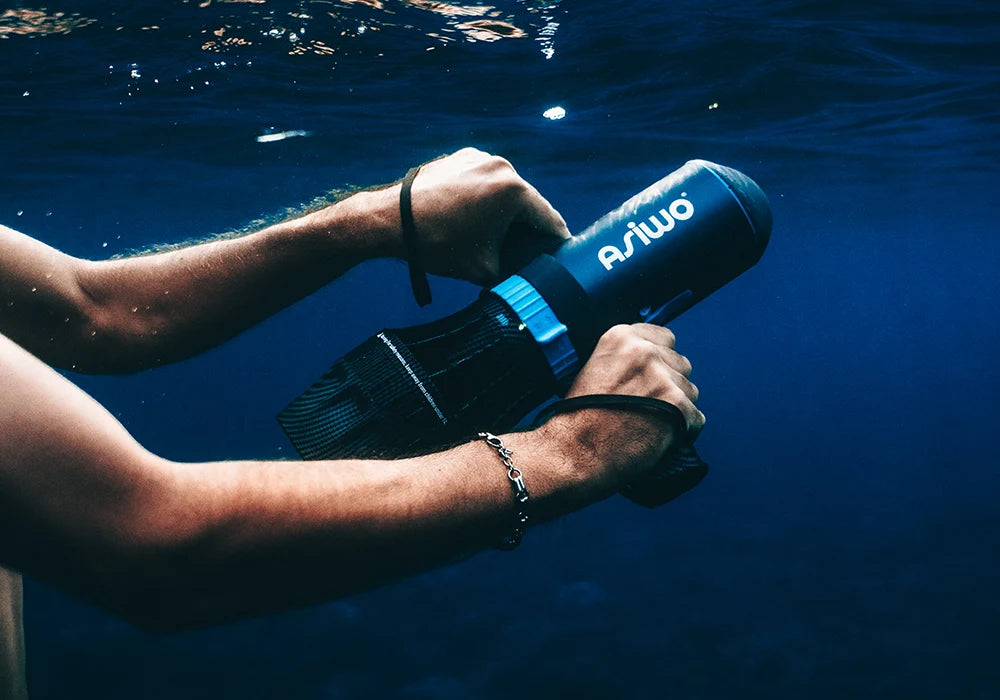




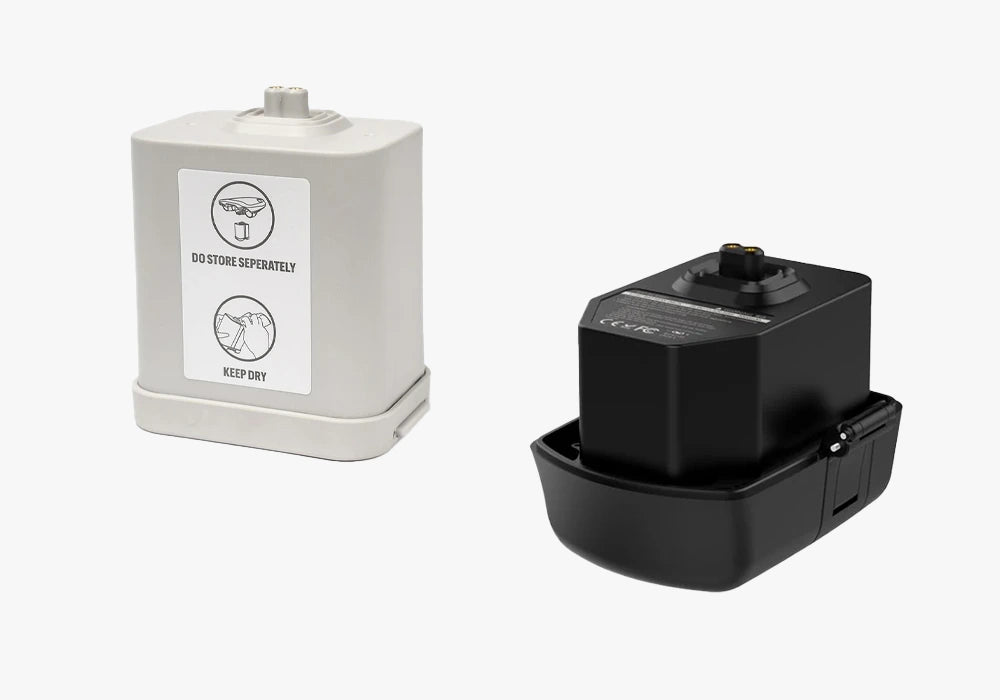




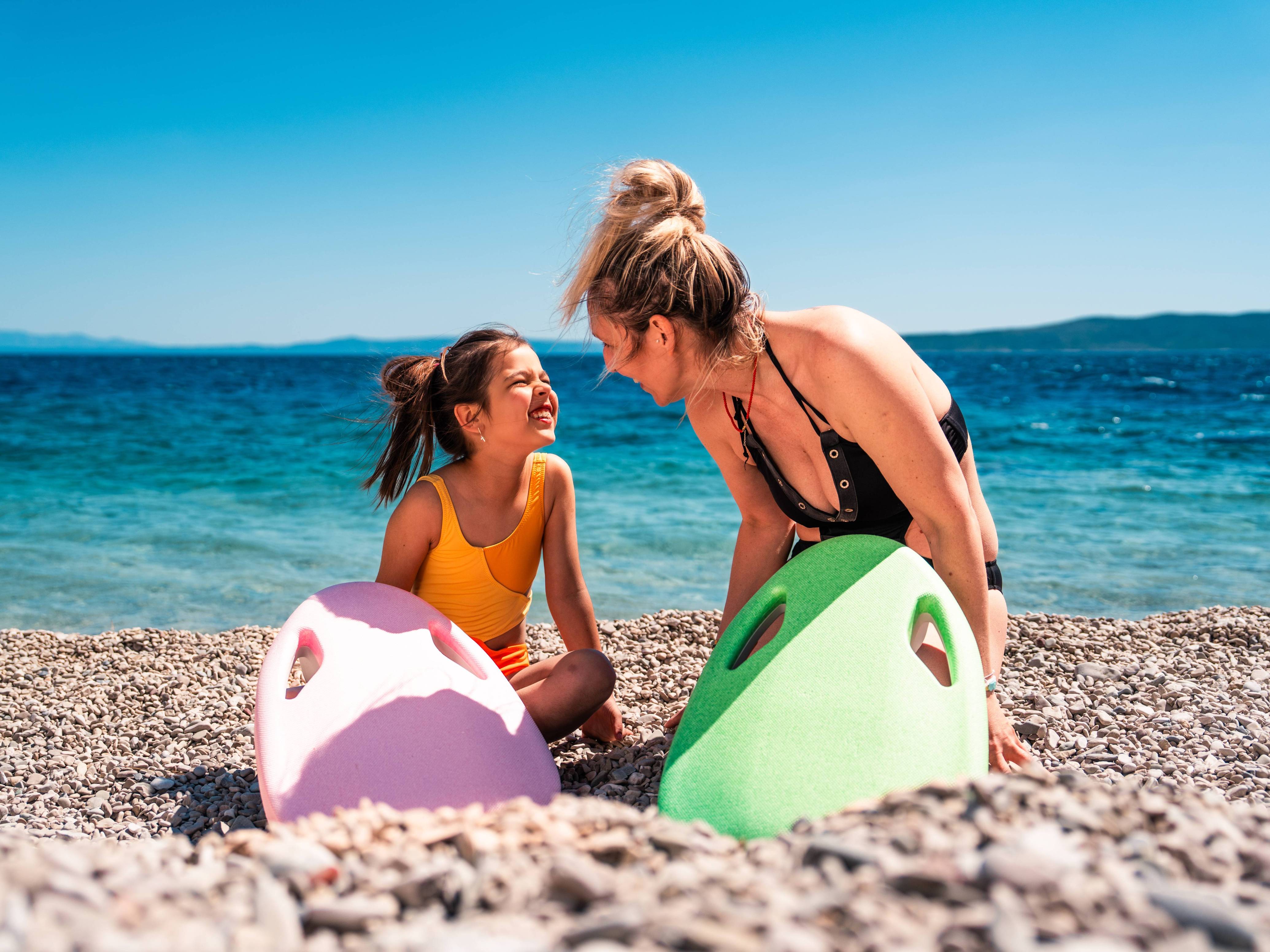
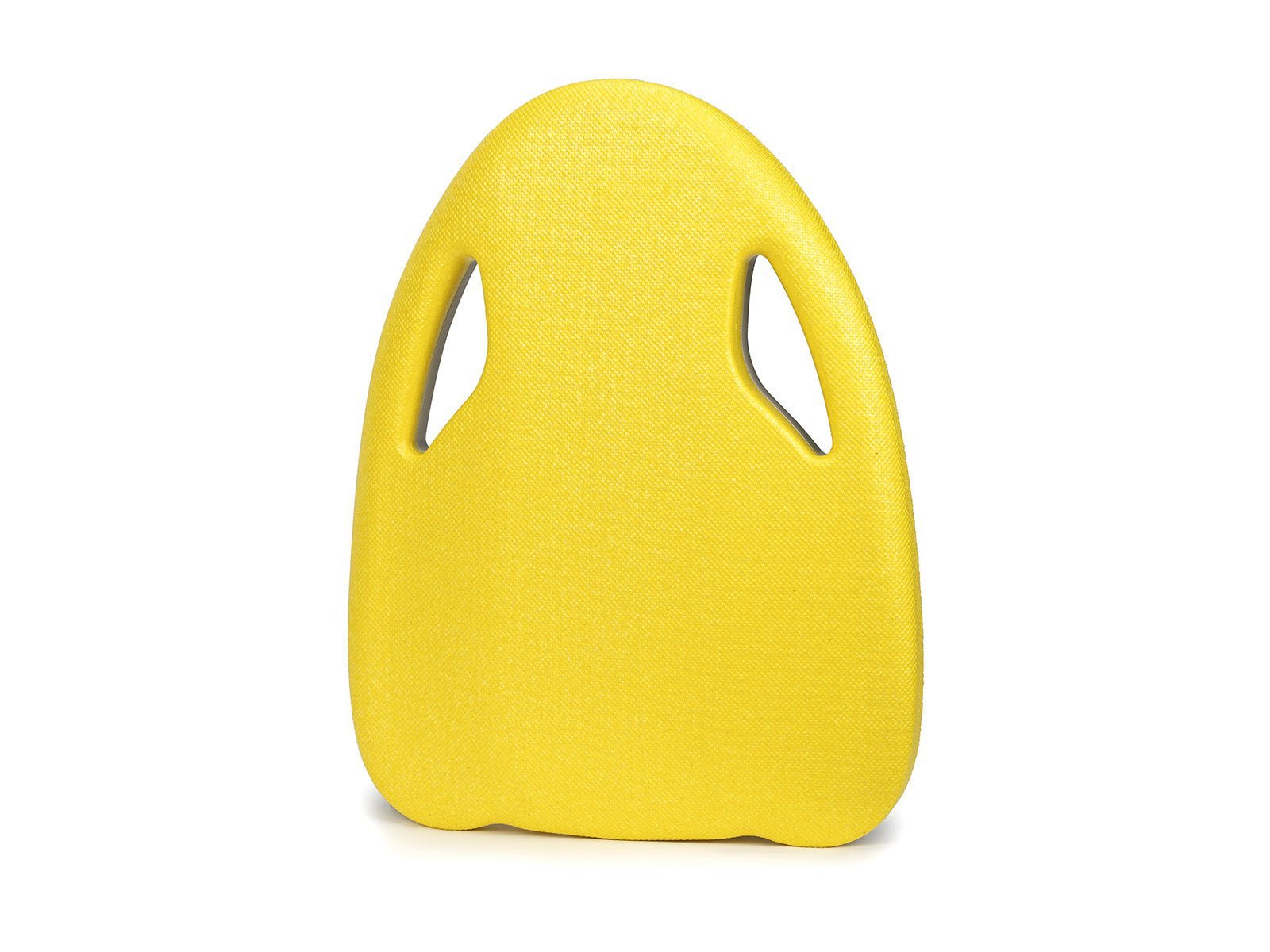
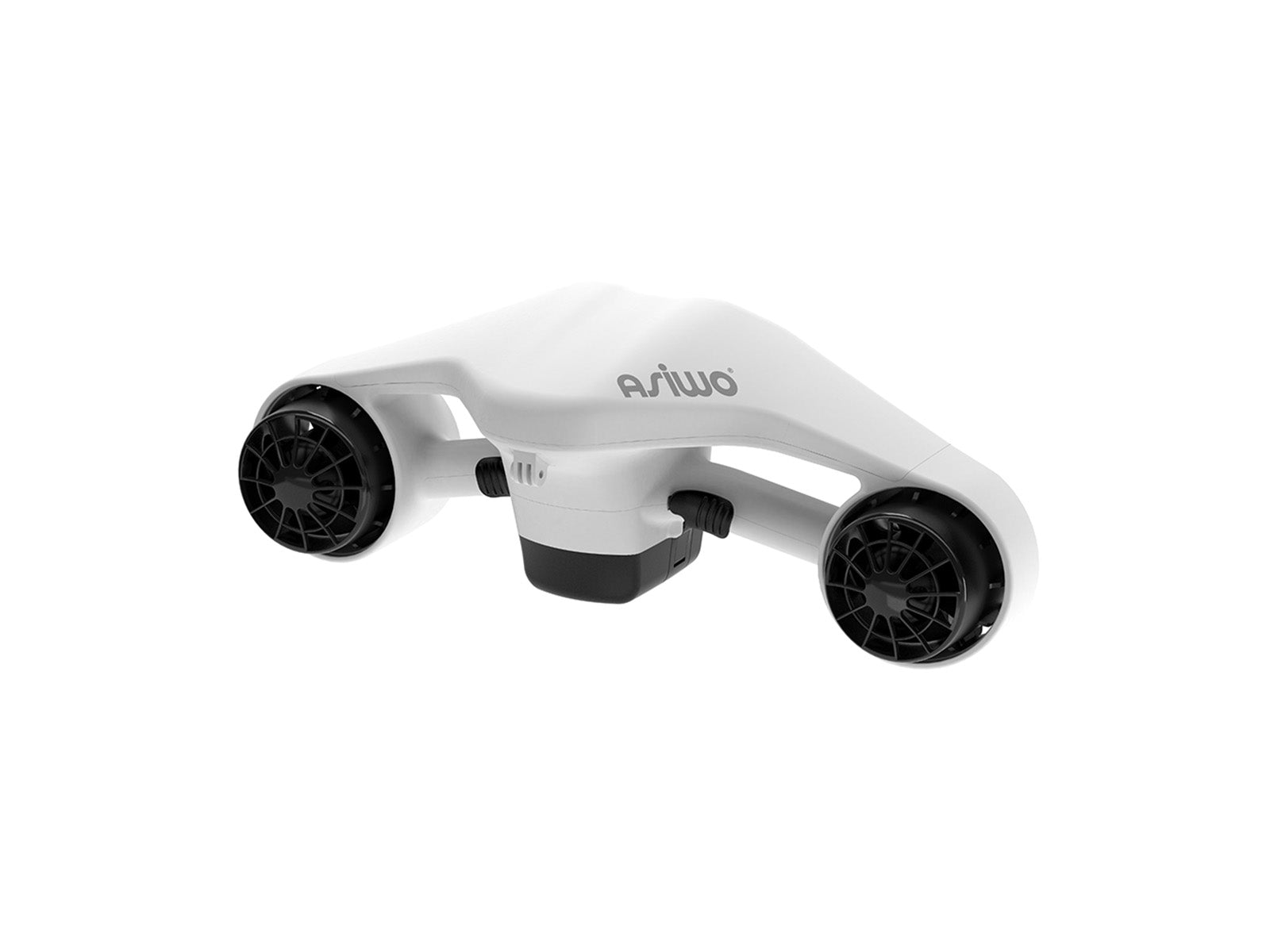
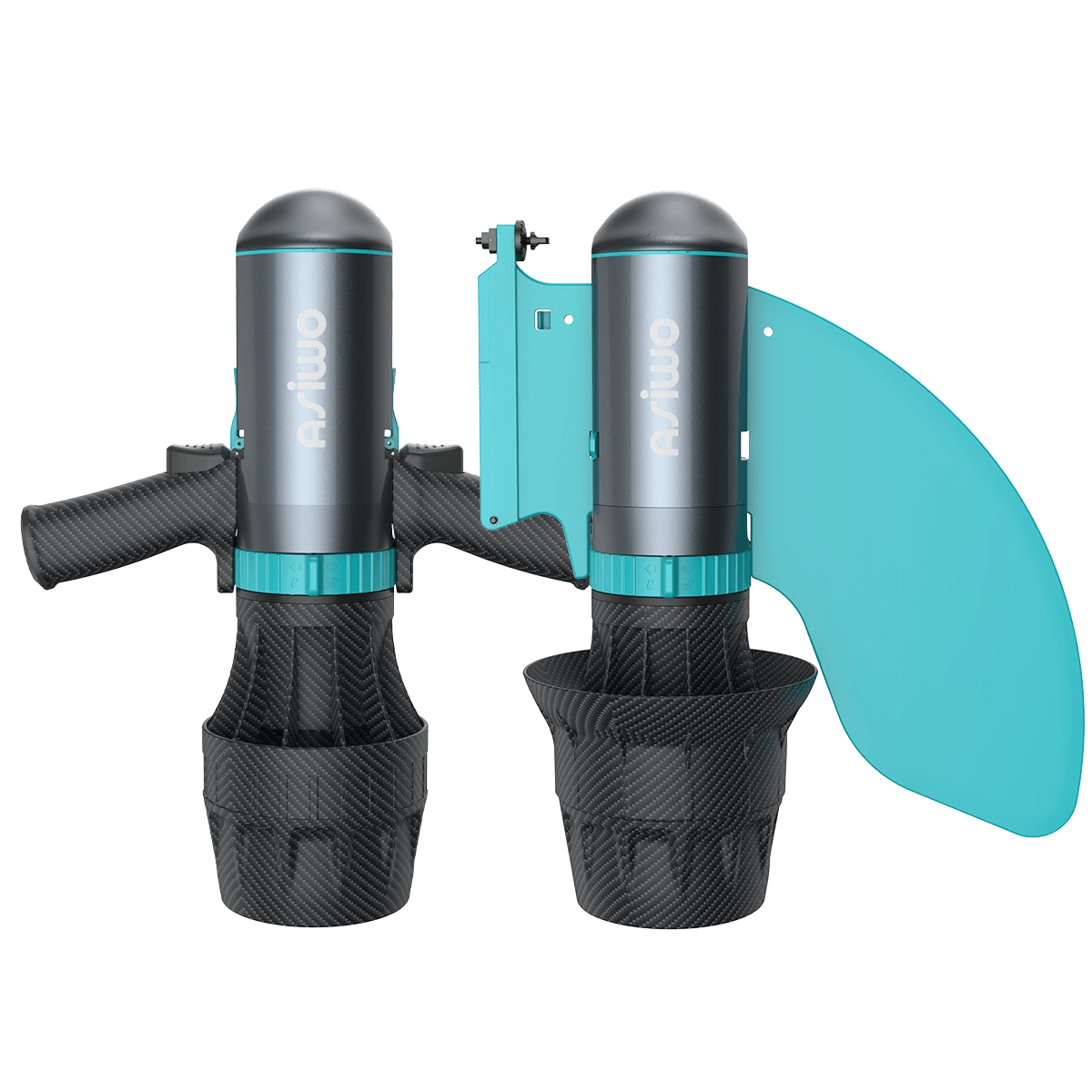




Dejar un comentario